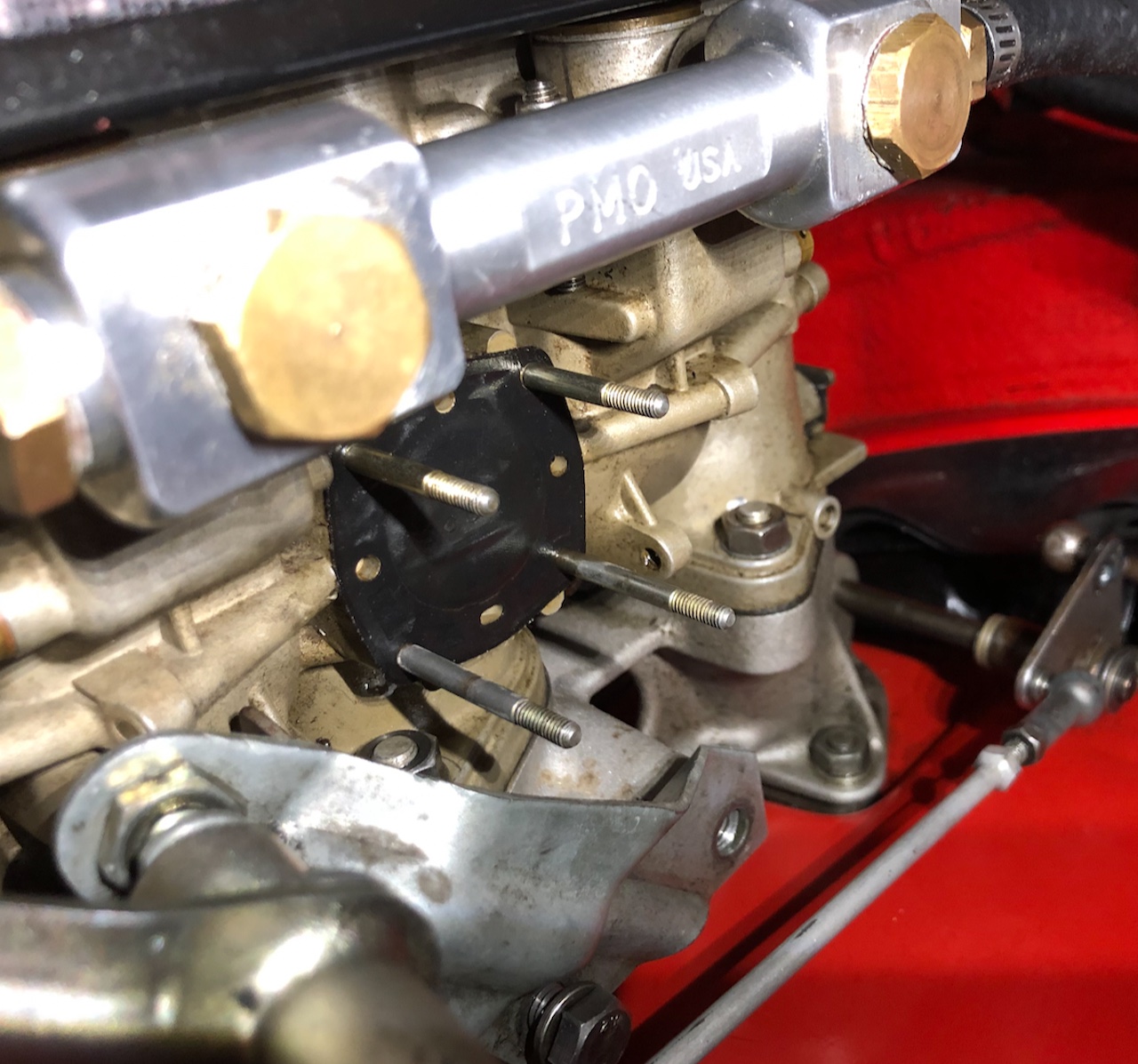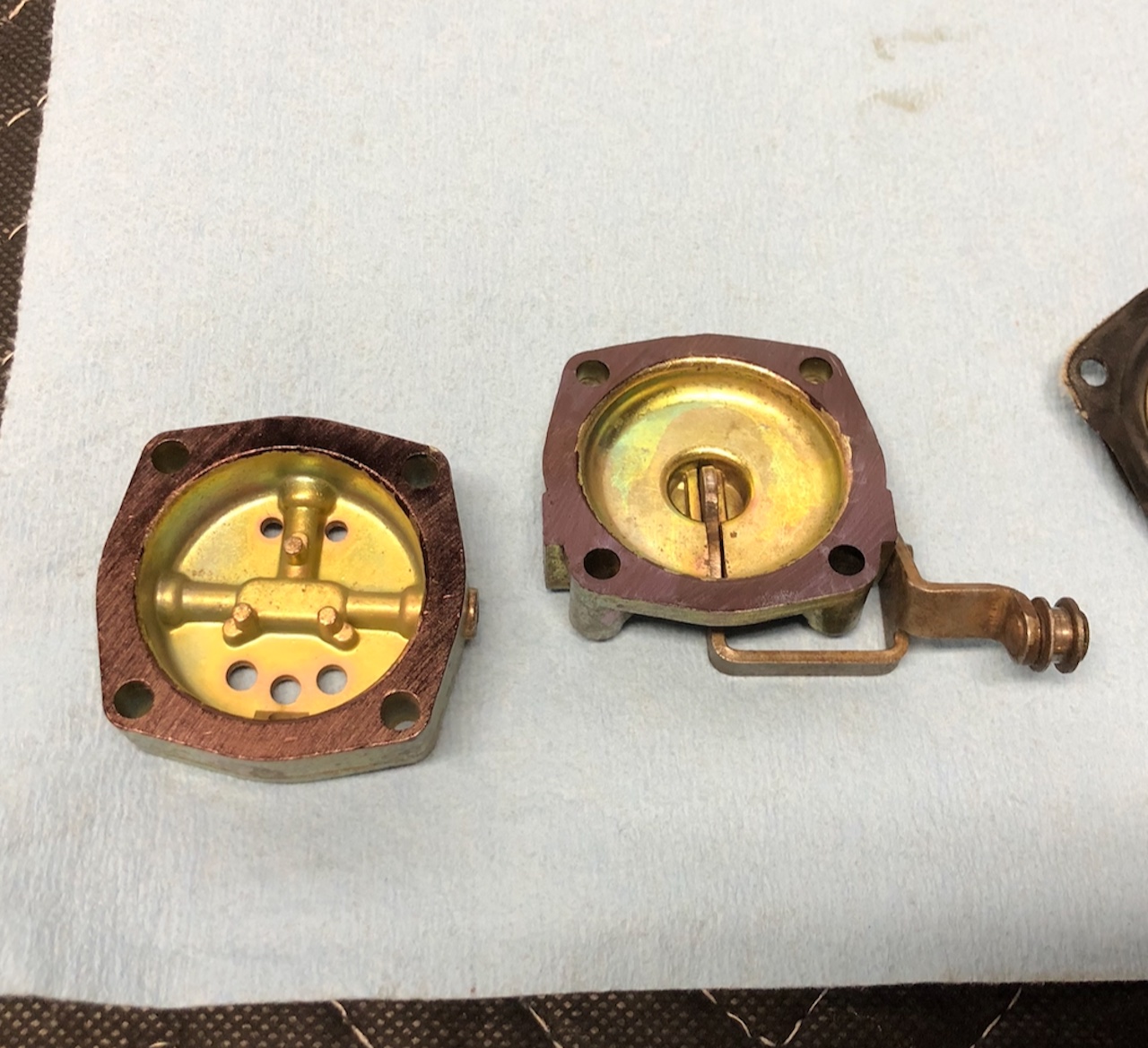Early Porsche 911 were equipped with Weber triple throat carburetors, specifically 40IDA3C. Many owners choose to remove the electronic fuel injection systems found on cars manufactured after 1973 in favor of installing carburetors.
The accelerator pump covers on these carbs are cast zinc and over time warp, often due to being overtightened. This causes fuel leaks between the pump body and cover. Replacing the covers is not necessary. Instead, the mating surface between the pump body and cover can be flattened using sandpaper and a surface known to be flat.

Removing the accelerator pump cover and body is straightforward, as they are secured by four nuts. You may need to remove the accelerator linkage bracket, or at least loosen it, in order to gain the clearance necessary to remove the cover. Carefully remove the cover in order to avoid tearing the accelerator pump diaphragm. Once at the workbench, you can check the mating surfaces of the pump body and cover against a known flat surface. For this, I used a piece of granite left over from renovating our kitchen. A piece of glass also works well.

In the picture above, you can clearly see light passing under the pump cover showing it is warped. Use permanent market to "paint" the surface to be sanded. This helps mark your progress, clearly indicating high spots. I used 400 grit sandpaper because it's what I had on hand. The grit used is not critical; anything 80 grit or higher should do. Repeat the process of examining and flattening the mating surface as necessary for the accelerator pump body. In my case, the body had a slight bow compared to the pump.


After flattening the mating surfaces of the pump body and cover, you should not be able to see any light passing between the parts and your flat surface. Reassemble the accelerator pump, carefully tightening the nuts. They do not need to be very tight. Check for leaks by manually working the throttle and actuating the accelerator pump. If you do this many times, don't be surprised if you experience white smoke when you start your car for the first time as you've dumped a bunch of fuel into the cylinders.